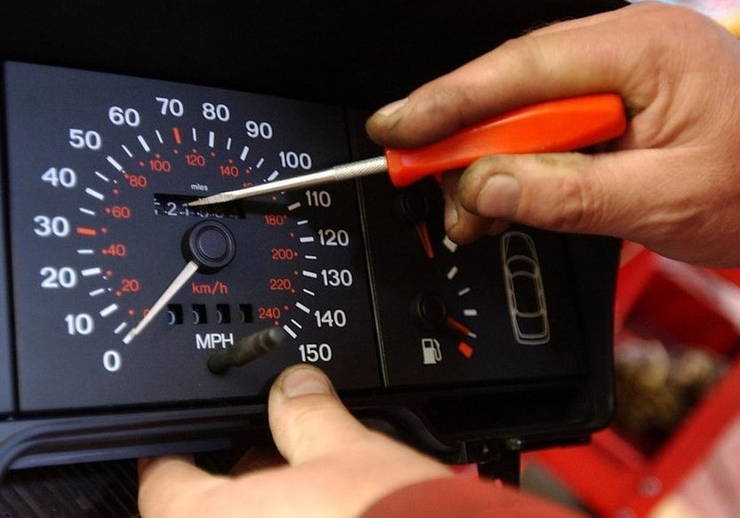Odometer fraud alert: All you need to know before buying a used car
Published On 17/6/2024, 6:08:54 pm Author Hritik BaberwalOdometer fraud involves altering or resetting a vehicle’s odometer to display a lower mileage than the actual distance traveled. Why? Because lower mileage often translates to a higher resale value. Scammers—whether shady dealers or unscrupulous individuals—engage in this illegal activity to dupe buyers.

Let's talk about used car nightmares for a second.
Ever dreamt of cruising away in a sweet, low-mileage beauty that you bought from a used car dealer, only to discover later it's secretly racked up way more miles than advertised? That's the dirty truth of odometer fraud. We're talking about shady sellers tinkering with a car's mileage to make it seem way fresher than it actually is.
Why? To trick you into paying a premium for a car that's secretly on its last legs. Scary, right? But here's the good news: we're about to become odometer fraud ninjas. We'll crack the code on how these cheaters operate, and more importantly, I'll share some killer tips to protect yourself from this costly scam.
Things you need to cross verify about odometers
- Track down the car's history! Ask for service records, registration documents, and anything else that might mention the mileage. If the ower fails to provide it, then ask the company's authorised service center to provide the details. They track it. Look for inconsistencies. If a 2018 car with a suspiciously low 20,000 miles has a service record from 2020 showing 40,000 miles, that's a red flag bigger than a bullfighter's cape!
- A car tells a story with its condition, even if the odometer is lying. Check the driver's seat. Is it worn and cracked, hinting at years of commutes? How about the pedals? Are they smooth and shiny, a sign of countless miles underfoot? If the interior looks like it's seen better days, but the odometer claims the car is practically new, something's fishy.
- Tires typically last around 25,000 miles. So, if a car with a super low mileage has worn-out tires, that's a big clue the odometer might be lying. Look for tread depth and signs of wear. Fresh rubber on a supposedly high-mileage car might be a good sign, but on a car claiming super low miles, it could be a cover-up.
Driving habits matter too
Imagine two people, both 40 years old. One lives a life of marathons and healthy eating, while the other enjoys a more relaxed lifestyle. Even though they're the same age chronologically, their bodies will likely be in different states. Similarly, two cars with the same mileage can be in vastly different conditions depending on how they were driven.
So, by considering the previous owner's potential driving habits, you can get a better picture of the car's overall health, even if the odometer seems trustworthy. This can help you negotiate a fairer price and avoid surprises down the road.
















